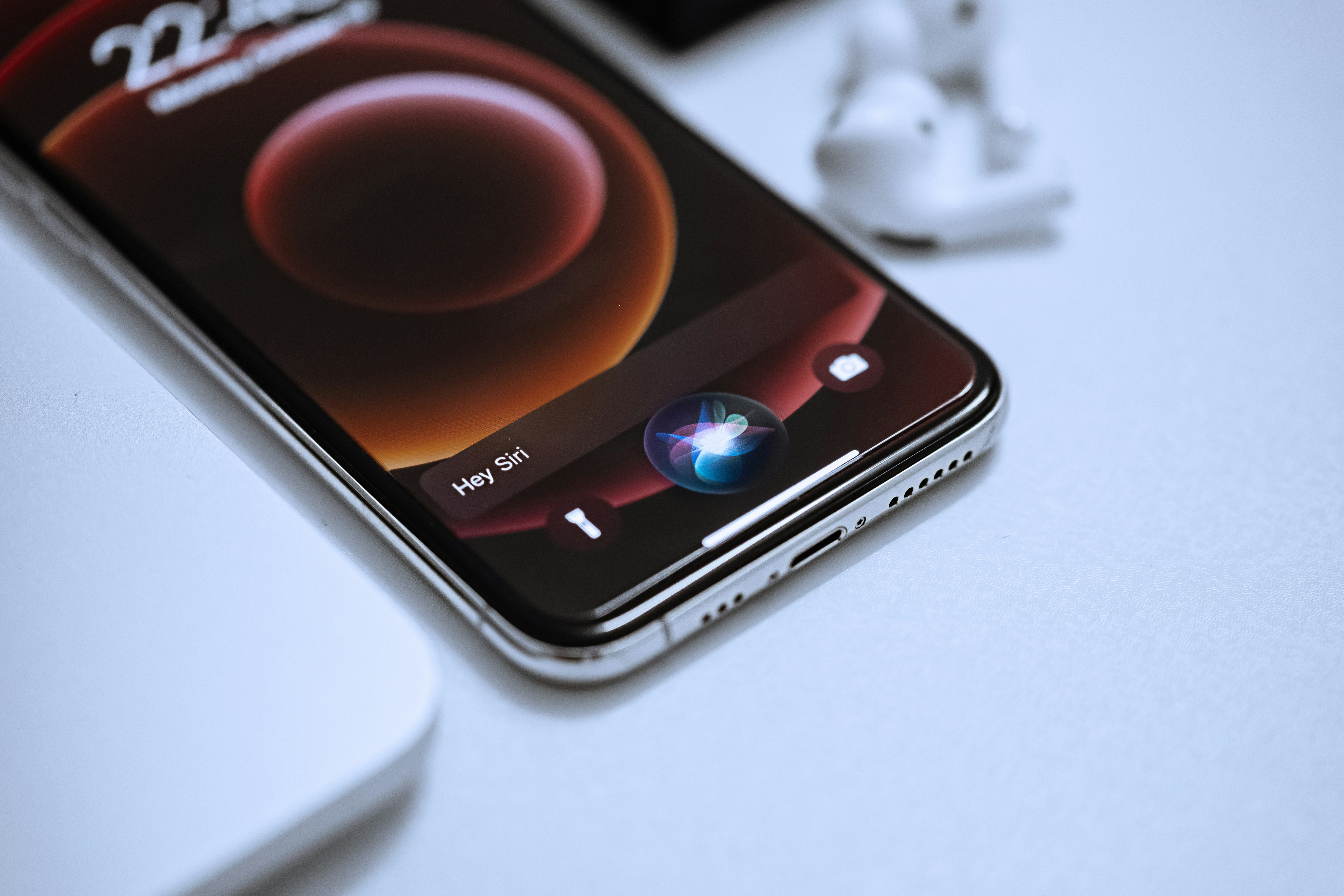The Emoji Effect: How Digital Icons Are Reshaping Teen Communication
Published on July 31, 2024
The Emoji Effect: How Digital Icons Are Reshaping Teen Communication

As a high school teacher, I've witnessed firsthand the evolution of teen communication. Gone are the days of passing handwritten notes or whispering secrets during class breaks. Today's teens speak a new language – one filled with 😂, 🙌, and 🔥.
At first, I was skeptical. How could these tiny digital icons convey the depth and nuance of real conversation? But as I've observed my students, I've come to appreciate the subtle power of emojis in teen communication.
The Universal Language of Emotion
Emojis transcend language barriers, allowing teens from diverse backgrounds to connect on an emotional level. A student once told me, "It's easier to send a 😢 than to explain why I'm sad in words." This visual shorthand allows for quick, empathetic responses, fostering a sense of understanding and support among peers.
Nuanced Expression in Limited Space
In the world of character limits and rapid-fire messaging, emojis allow teens to add layers of meaning to their texts. The difference between "okay" and "okay 😊" can be significant, conveying tone and intention that might otherwise be lost in text-based communication.
Breaking Down Barriers
For teens who struggle with verbal expression, emojis can be a lifeline. I've seen shy students bloom in group chats, using emojis to participate in conversations they might have avoided in person. This digital confidence often translates to improved face-to-face interactions over time.
The Downside: Lost in Translation
Of course, the emoji revolution isn't without its challenges. Misinterpretations can occur, especially across generational lines. I once received a message from a student that ended with 💀. Concerned, I asked if everything was okay, only to learn that in teen-speak, this emoji can mean "I'm dying of laughter."
Bridging the Generation Gap
As educators and parents, it's crucial that we don't dismiss emoji usage as frivolous. Instead, we should strive to understand this new language, using it as a bridge to connect with teens on their terms. I've found that sprinkling a few well-chosen emojis into my communications with students can help break down barriers and foster more open dialogue.
The Future of Communication
As AI and technology continue to advance, it's likely that emoji usage will evolve as well. We may see more personalized and context-aware emojis that can convey even more nuanced emotions and ideas. The key will be balancing this digital expression with the irreplaceable value of face-to-face communication.
In embracing the emoji effect, we open new channels for understanding and connection with the teens in our lives. It's a small step that can lead to more meaningful conversations and stronger relationships. So the next time you see a string of seemingly random icons, remember – you're witnessing language evolution in real-time. And that's pretty 🆒, if you ask me.
If you're interested in exploring more ways to enhance communication and understanding between teens and adults, check out Thinker, an AI-powered tool designed to improve family dynamics and foster positive relationships.
Explore Thinker

